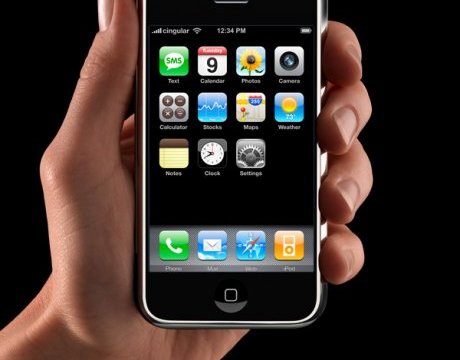Persuasive Web Design

What’s the Latest Development?
Web site conversation rates–namely how many visitors take a desired action, such as buying a product or subscribing–are heavily influenced not just by usability and user experience, but by PET (persuasion, emotion, trust). To illustrate how this works, Paul Rouke dissects Booking.com, which he says, “has persuasion rooted in its design, content and layout.”
What’s the Big Idea?
Among the site’s persuasive elements: the prominent hotel star rating with thumbs up, short but enticing introduction to each hotel, was and now prices, prominent messages such as “This hotel is likely to sell out soon” and “Last room!”, and constantly visible sort options. “Scarcity of availability is something that Booking.com clearly feels is a fundamental factor in encouraging and persuading visitors to make a decision and book on their website,” says Rouke.





